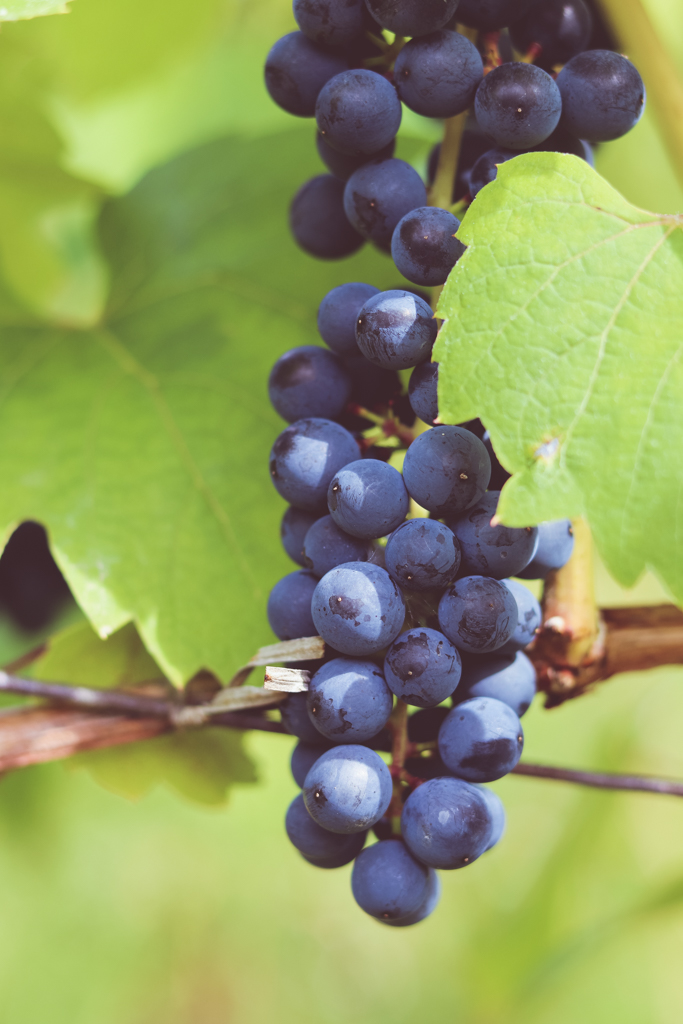
How do we measure the sustainability of the New York wine and grape industry? In sustainable agriculture, performance is measured using the “triple bottom line” framework. In addition to financial accounting, the triple bottom line framework also recognizes environmental and social returns. Over the past month, the NYWGF Grower Sustainability Advisory Committee has been collectively working to define the triple bottom line of sustainability for the New York wine and grape industry. The resulting Mission Statement, Vision Statement, and Objectives will guide the development of our statewide sustainability program. These guiding statements align with our shared definition of sustainability developed through our multistate partnership with U.S. Sustainable Winegrowing and capture our broader vision of advancing economic viability, environmental stewardship, social equity within our industry. “Our Sustainability Program took a significant step forward last week” said Charlie Marshall, NYWGF Board Chair. “The mission, vision, and objectives were crafted thoughtfully, through passionate and well-informed discussion among the Grower Advisory Committee, and we encourage New York growers and wineries across the state to engage with us by sharing input throughout this process.”
While the Grower Sustainability Committee was busy crafting these statements, our certification program consultant, Chris Serra, was completing a VineBalance Gap Analysis comparing the original VineBalance self-assessment workbook from 2007 to leading sustainability certifications around the country: LIVE, Lodi Rules, and SIP. The first layer of this analysis captured the broader categories of sustainability common to each program, including soil health, water conservation, and pest management. The “gaps” where VineBalance falls short compared to other programs include strategies for managing biological diversity and worker health and safety. By comparing the results of the VineBalance Gap Analysis to the guiding statements from the grower committee, it was possible to identify target areas for the VineBalance update process, which include:
- To encourage healthy ecosystems, biodiversity, and wildlife habitat
- To foster a socially equitable and economically viable industry
Our benchmark sustainability programs address biological diversity and ecology in different ways. LIVE requires growers to map and maintain all ecological infrastructures on and around their vineyards, including streams, wetlands, riparian zones, forage, and habitat. Lodi Rules addresses ecosystem management by requiring a survey of environmental features (vernal pools and swales, trees, woodlands, drainages, and riparian areas) in addition to a written ecosystem management plan that considers woodlands, native vegetation, and bird and bat nesting boxes. SIP addresses conservation and enhancement of biological diversity by requiring growers to complete conservation plan every five years through consultation with their local Natural Resources Conservation Service (NRCS) or Cooperative Extension. This plan must address conservation easements, native grasses, flowering plants, and insectary rows.
There are also a variety of ways to address the social bottom line of sustainable winegrowing. LIVE addresses worker health and safety by evaluating accident procedures, protective measures, and safety training in addition to habitable employee housing. Lodi Rules addresses human resources management by requiring a written plan that includes the company mission, vision, and values; strategy for human resources; staffing and recruiting procedures; training and development protocols; employee performance management and employee relations strategies; compensation and benefits; and record keeping policies. SIP addresses social equity by requiring growers to provide a written contract, handbook, orientation, safety program, and break time to all employees.
In the next phase of this process, our sustainability committees, staff, and consultants will work together to update VineBalance using best practices identified through our VineBalance Gap Analysis. This update will preserve much of the original VineBalance workbook as part of a vineyard management module and combine it with new modules that fulfil our complete list of sustainability program objectives.
